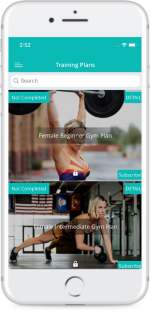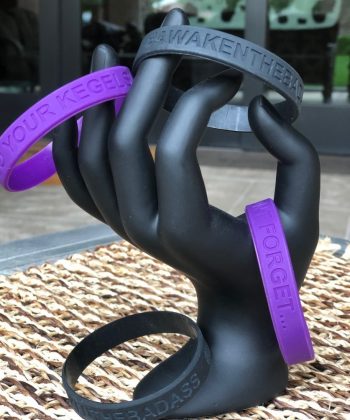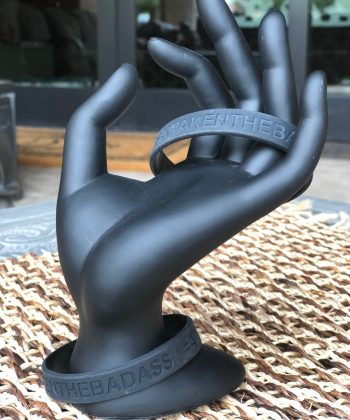Most hear the term “core” and a sexy, six pack comes to mind. While it is a common misperception that your core simply consists of only your abs, it is in fact comprised of most every muscle within your torso. Every one of us from high level athlete to office worker, stay at home parents and everything in between, benefits from maintaining a strong core. Weak core muscles place additional strain on the spine allowing for even the simplest of daily tasks to raise risk of injury. Without core strength, it is actually possible to injure your back by bending down to pick up a piece of paper off the ground. When you consider how many daily activities require you to bend and twist, it pays to put in the effort to build a solid foundation!
According to the “Core Stability Exercise Principles” the major players of the core “consist of the group of trunk muscles that surround the spine and abdominal viscera. “Abdominal, gluteal, hip girdle, paraspinal and other muscle work in concert to provide spinal stability.” This includes the muscles of the pelvic floor, transversus abdominis, multifidus, external and internal obliques, rectus abdominis, erector spinae, longissimus thoracis and the diaphragm to be specific. Often times, people neglect to train their core because it’s an afterthought, or is left until the end of their workout when they’re already gassed. Because a solid core is the foundation for every movement you perform both in the gym and in daily life, you should ABsolutely make it a priority. Pun intended!
The incorporation of core training is an essential part of any fitness routine to provide the foundation for improved posture, which lends itself to the overall betterment of form within any exercise program. If you are struggling with some of your lifts, perhaps a weak core is at the heart of the problem. While a nice side effect of core training is indeed defined abs, the muscles of the core are only visible when a healthy balance in the kitchen is additionally employed.
Learning how to target and challenge these primarily fast twitch fibers, will benefit you both in and out of the gym. Start by adding in some of the exercises below. Adding some weight to these movements can make them additionally challenging and tax the muscles in new ways.
Some of the benefits of strengthening your core include:
- Improved posture – necessary for the avoidance of back and neck pain
- Increased power of the extremities – since we are only as strong as our weakest link, a strong core allows athletes to perform better when taxed, seniors to be better protected from a fall along with anyone performing daily functional tasks (i.e. lifting children, moving furniture, carrying groceries, etc.) by acting as the stabilizer system
- Stabilizes your entire body – Further enhancing balance via stability training can result in improved response time, muscular function and helps to even out muscular imbalances.
- Improved balance – Gaining and maintaining good balance drastically reduces the risk of injury, (i.e. sprained ankle.) In athletes this can result in quicker response times and improved agility, resulting in an overall increase in performance.
- Improved performance in sports and functional daily activities – working on core exercises will ultimately benefit you not only as an athlete, but in all daily activities, especially as we age and are more susceptible to becoming more unstable and injury prone.
- Can help relieve and prevent non-structural back pain – the strengthening of the muscles surrounding and supporting the spine allow the abdomen, pelvis, low back and hips to function in unity to better support the spinal column. Those that sit for long hours at a desk may have the tendency to arch or hunch their back unknowingly resulting in muscle strain. Strengthening the core gives additional support to the back to help avoid poor posture. Sitting on a stability ball at your desk may help!
- Reduction in risk of injury – Stability through a strong core may help prevent injury due to weak links because it is ultimately the supporting structure for your extremities
Some examples of core exercises:
Target the 8-15 rep range with some of the following exercises. Incorporate in between sets of your regular training or as a stand-alone workout 1-2 days/week. The simple addition of a balance ball, balance board or medicine ball will ramp up the intensity if you’re up for the challenge!
- Bridges – prone, supine and lateral
- Hanging leg raises
- Lying leg raises
- Reverse crunch
- Lunges
- Russian twists
- Glute bridges
- Good mornings
- Deadlifts
- Decline bench reverse crunch
- Roman chair
- V-ups or jackknife sit-ups
- Planks
- Mountain Climbers
- Pikes on ab ball or with slides under feet
- Decline sit-ups
- Suspension trainer pikes and planks
- Barbell ab rollouts
- Deadlifts
- Overhead squats and presses
- Squats










